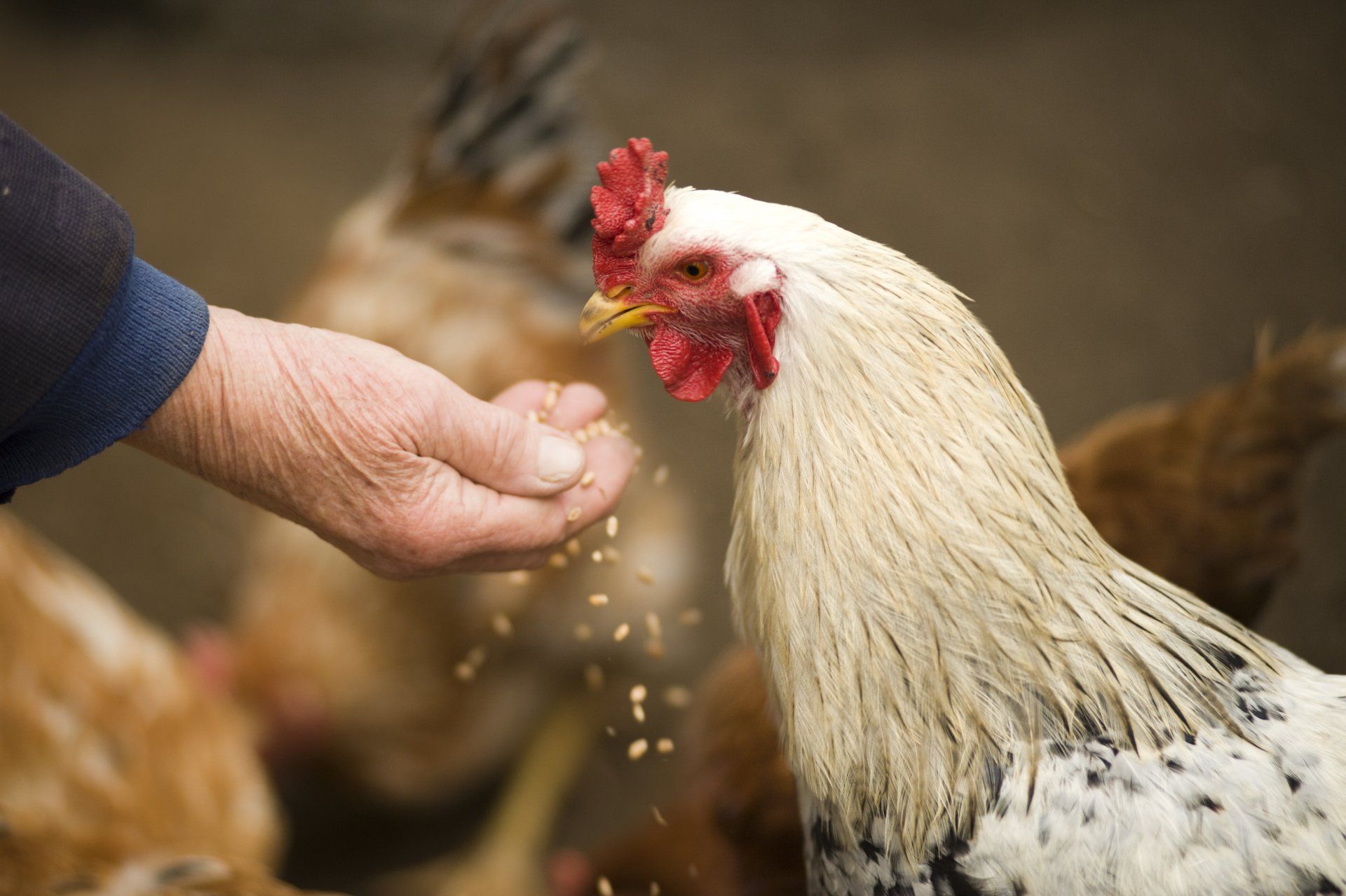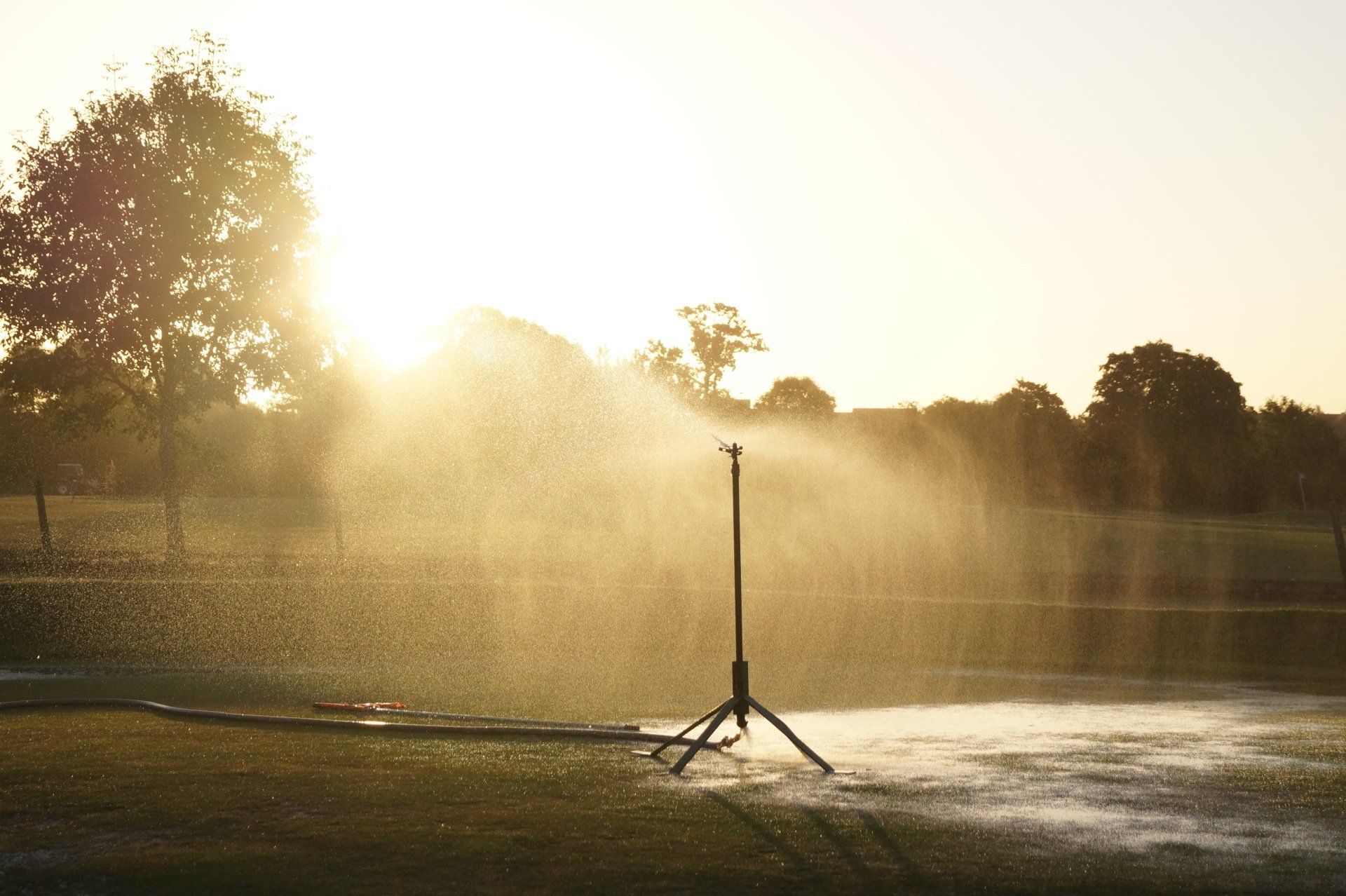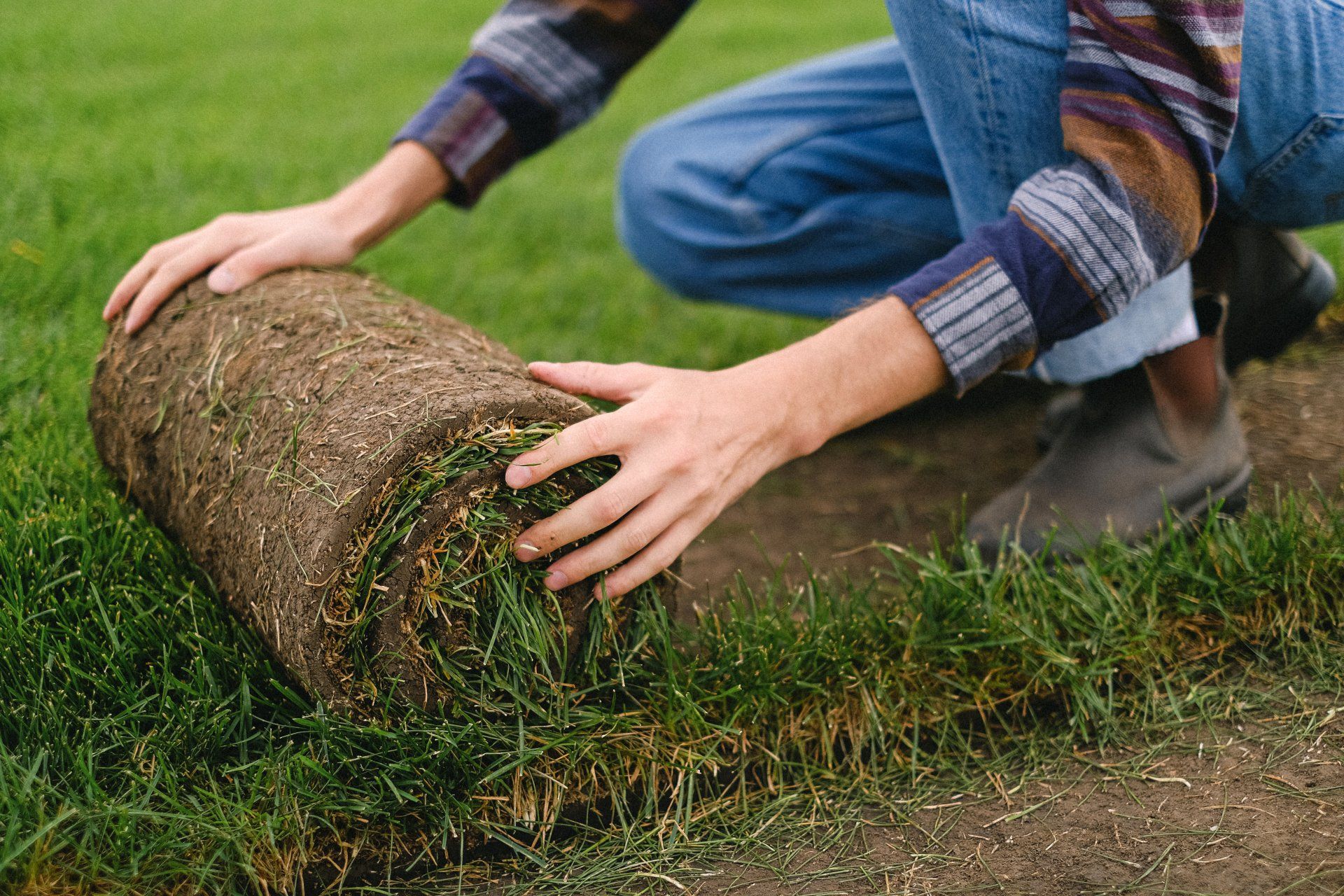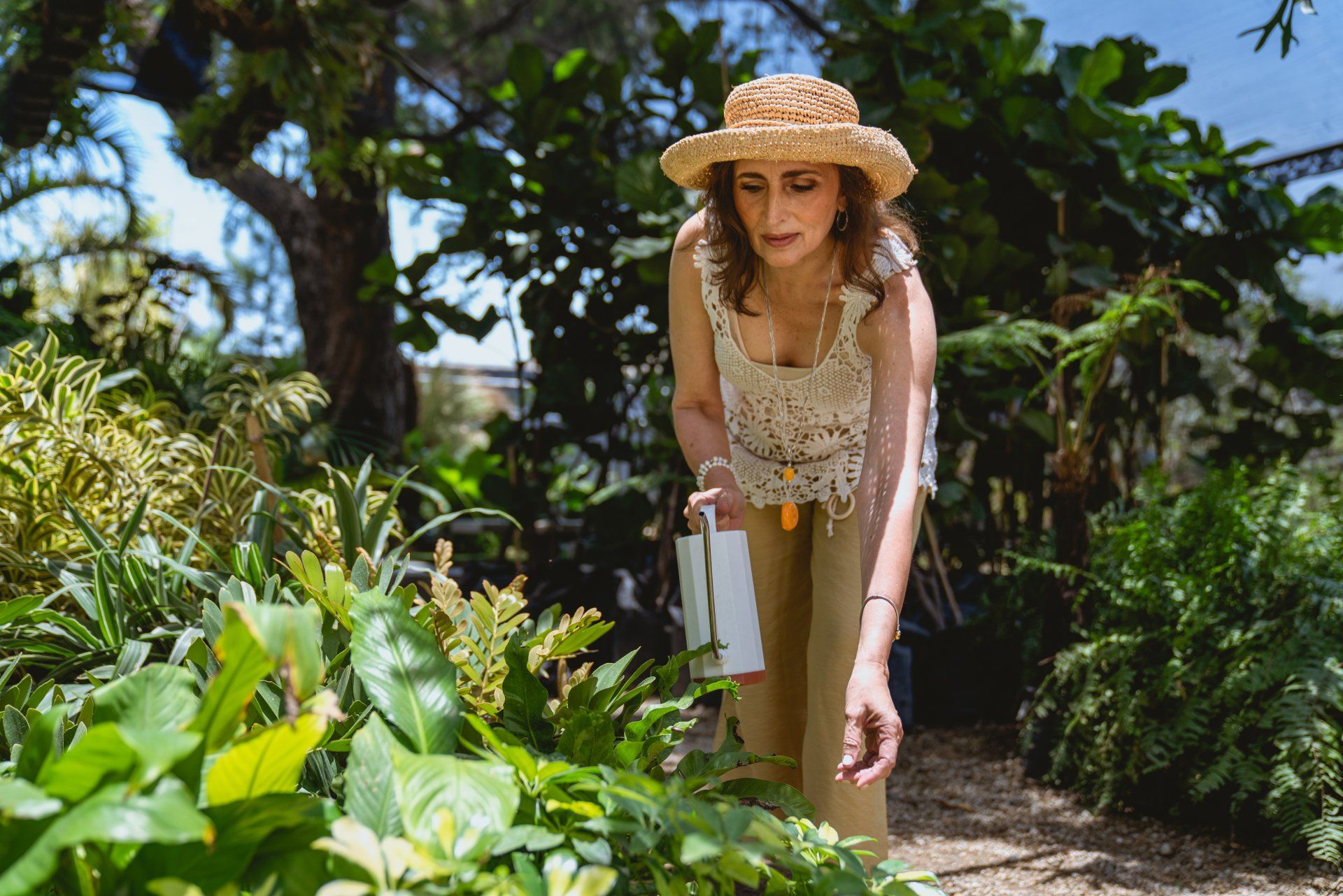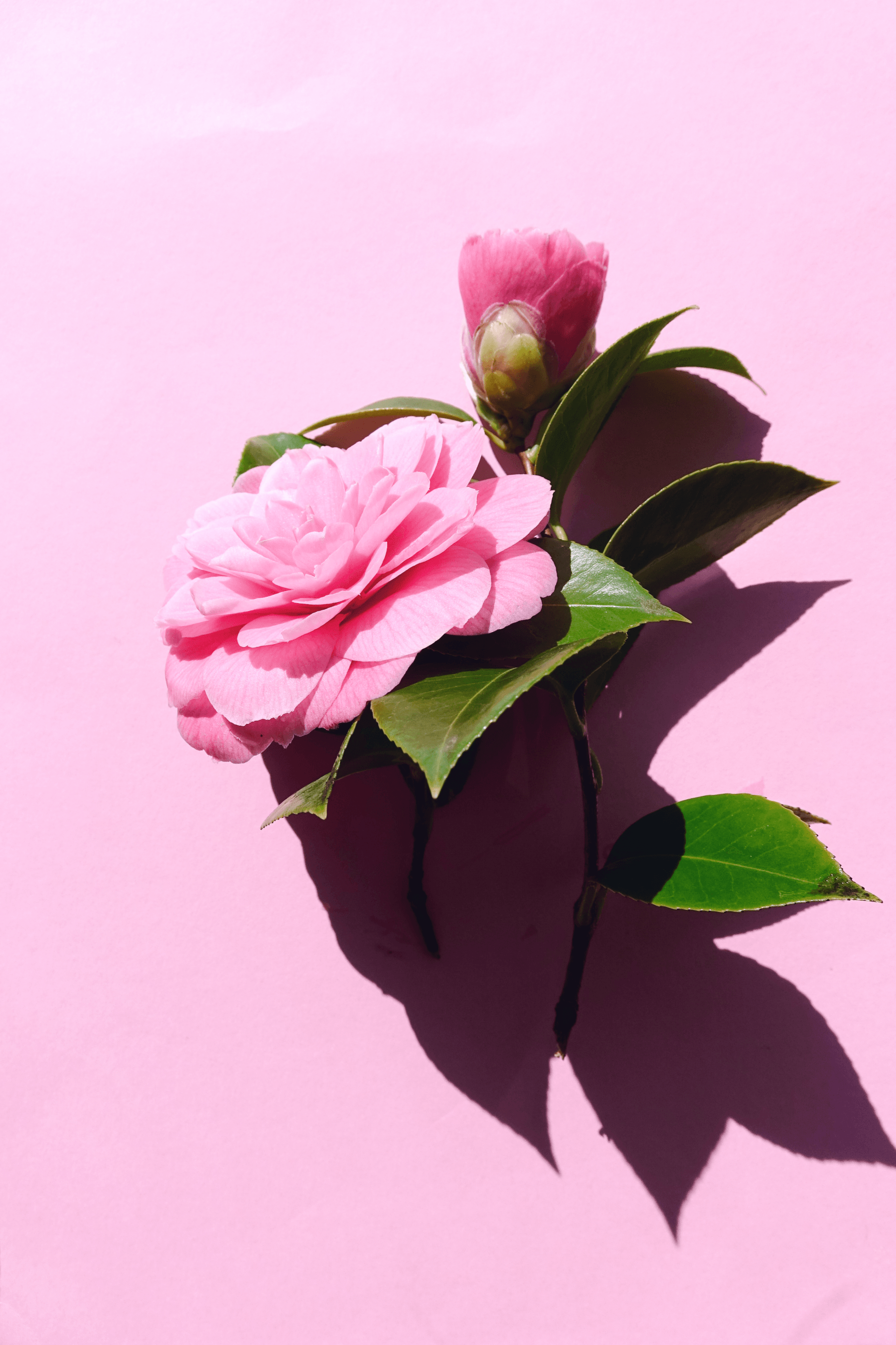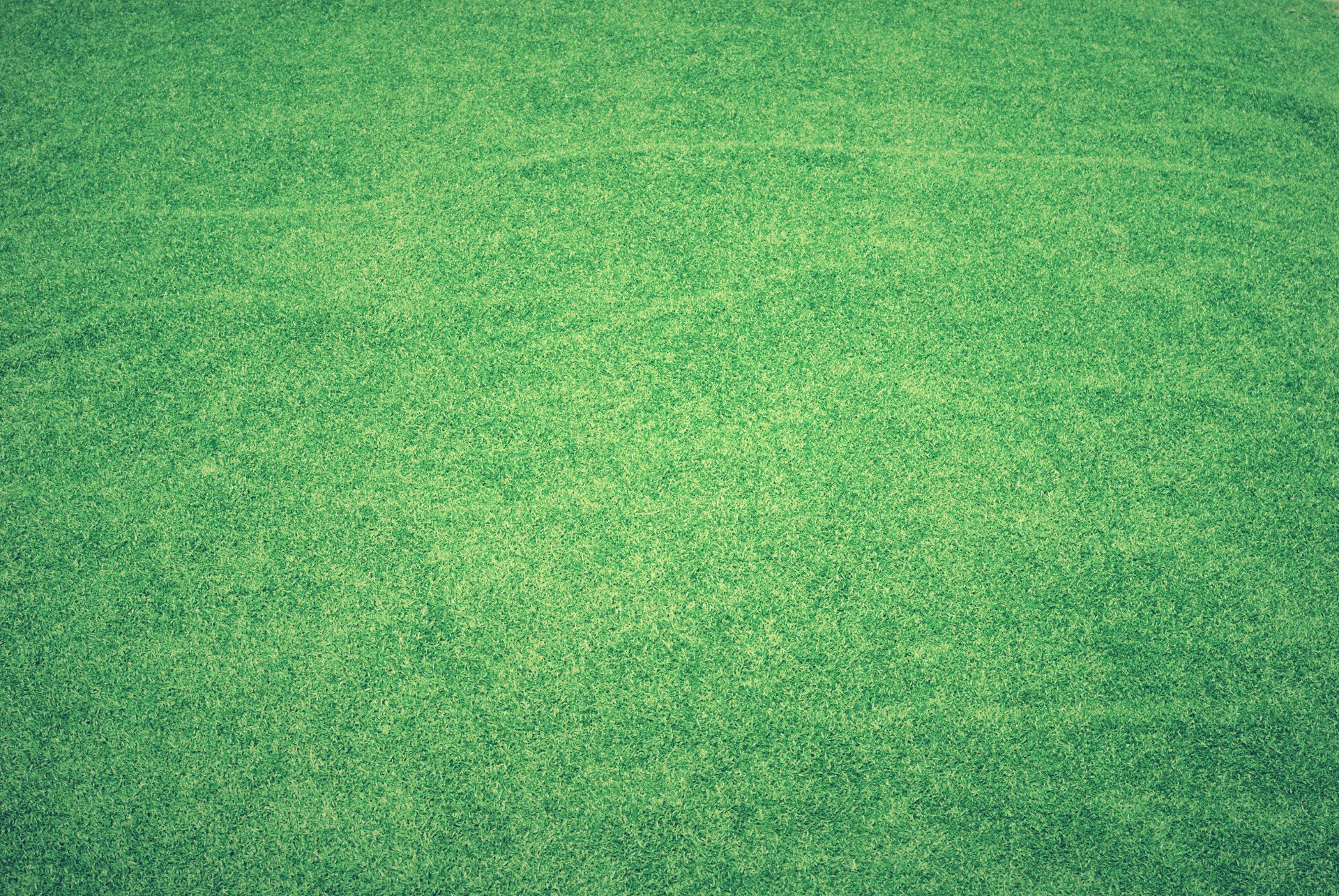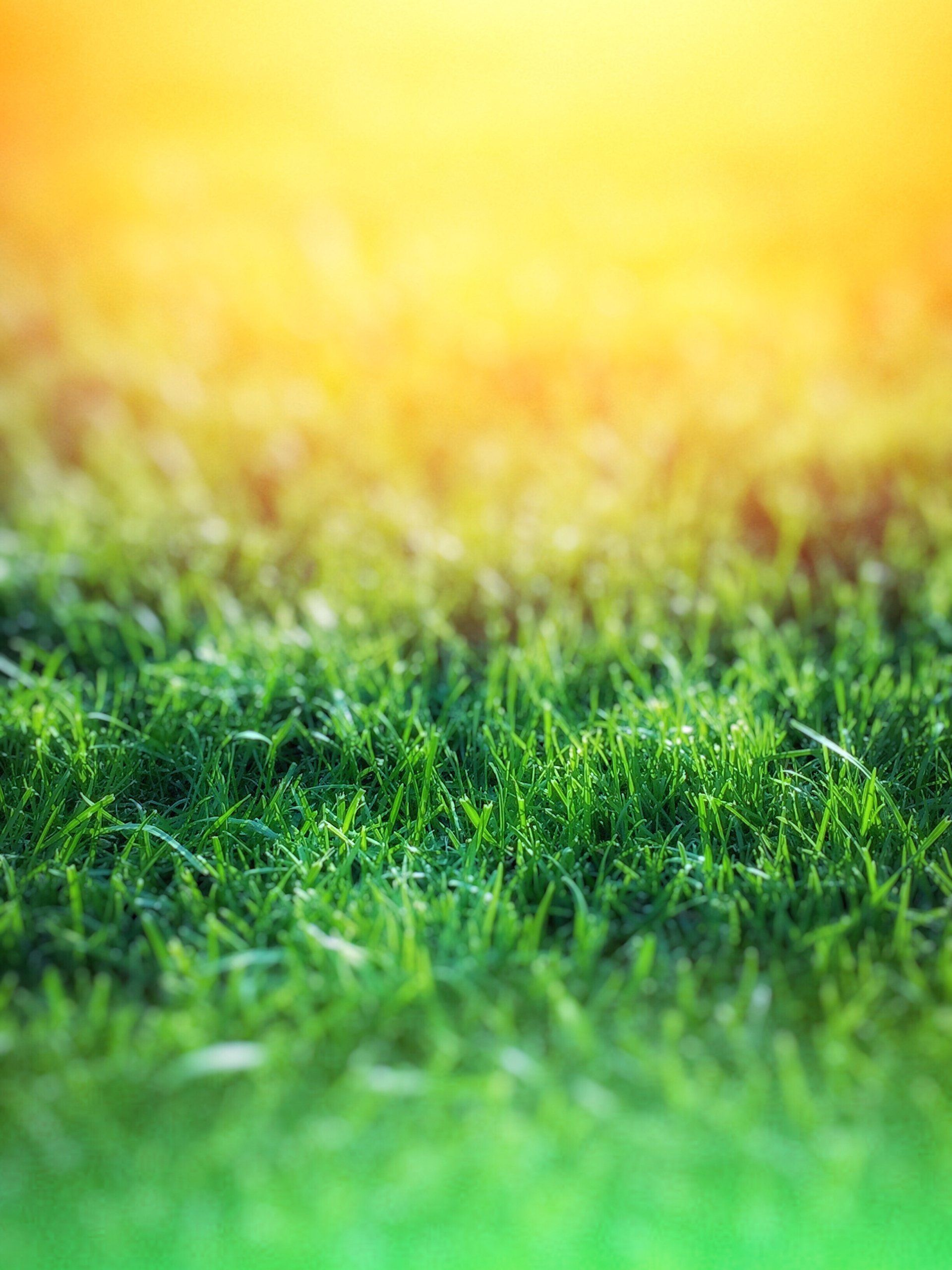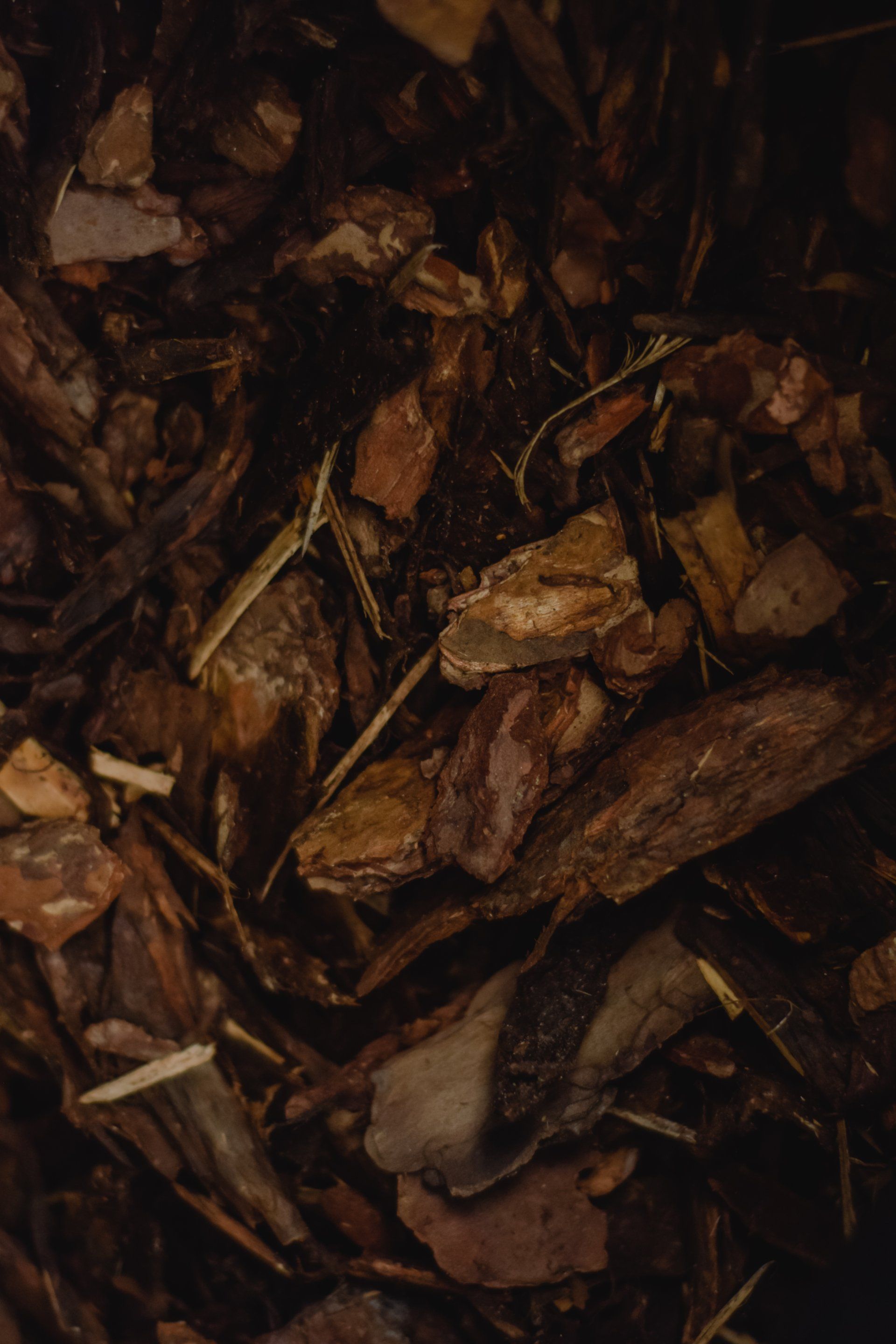How to Care for a Venus Fly Trap
How to Care for a Venus Fly Trap
The Venus Fly Trap is not the only carnivore plant; however, it is perhaps the most popular. The plants are located in regions where the soil is of very little or no nutritional value, and they must get their food from other sources. If you're looking for something visually intriguing and fun addition to your garden, A Venus Fly Trap may be a perfect choice. We are happy to give you all the details you require to maintain the health and longevity of this plant.
Venus Fly Trap Facts
- Dionaea Muscipula, also known as Venus Fly Trap, can only be found in coastal swamps in North as well as South Carolina.
- These plants can live for up twenty years or more and are thought of as a threat to loss due to destruction of the natural habitat and excessive harvesting.
- Venus Fly Traps are perennial and will flower every year, releasing tiny white flowers adorned in green veins.
- In the winter, the leaves change to black, and the traps will fall off.
- Venus Fly Traps can digest human flesh.
- Each trap is only able to last for four to six feedings before turning to a dark shade and then falling off.
Caring for Your Venus Fly Trap
Soil
If you decide to purchase a special potting soil or create your own, your growing medium should be deficient in nutrients so that the plants are able to survive. Regular potting soil is likely to cause root burns, as any commercial fertilizer, and both must be avoided. A 50/50 mix of perlite and peat moss helps to aerate and retain water, and you should ensure that you purchase pure peat moss, as some of the brand name products contain fertilizer.
Water
In the natural world, it is known that in nature, the Venus Fly Trap grows in soil that is damp and has no nutritional value. It is not able to respond effectively to water from the tap, which is a rich source of minerals, including chlorine, sodium, sulfur, magnesium, and others. Carnivorous plants must be fed with pure water, such as reverse osmosis, distilled, or rainwater.
They like soil that is moist but not too saturated. In times of vigorous growth, the plants must be observed to ensure that the soil doesn't dry completely while remaining humid.
In the winter months, between November and February, plants must be kept cool and the soil allowed to get nearly dry prior to irrigation.
Light
In the time of growth, the plants need to be exposed to a minimum of 4 hours of direct sunlight and a minimum of 12 hours of light. A sunny, south-facing windowsill is the best spot; however, during times of dormancy, that same window ledge could be too hot. Transfer the plant to a cooler area like a greenhouse that is not heated or near an opening in the garage. Don't forget to water it.
Feeding
A Venus Fly Trap can distinguish between food items and non-food ones and will not spend energy to close the trap for things that aren't considered prey. Each trap is equipped with six trigger hairs, with three on each side, and two are required to be tickled before the plant will begin to move.
After it is closed, the trap is sealed tightly to stop the animal from fleeing, and the process of digestion commences. After about 10 days, the process will be complete, and the trap will be reopened to eliminate the husk.
Many plants can live by themselves using common household insects. However, when you feed it yourself, only dead or live insects will do. Resist the urge to feed it raw meat that could cause the plant to die.
Ready to work with Landscaping BlissExperts Regina?
Let's connect! We’re here to help.
Send us a message and we’ll be in touch.
Or give us a call today at 306-900-4743
Landscaping Vancouver Quote
More Tips!
